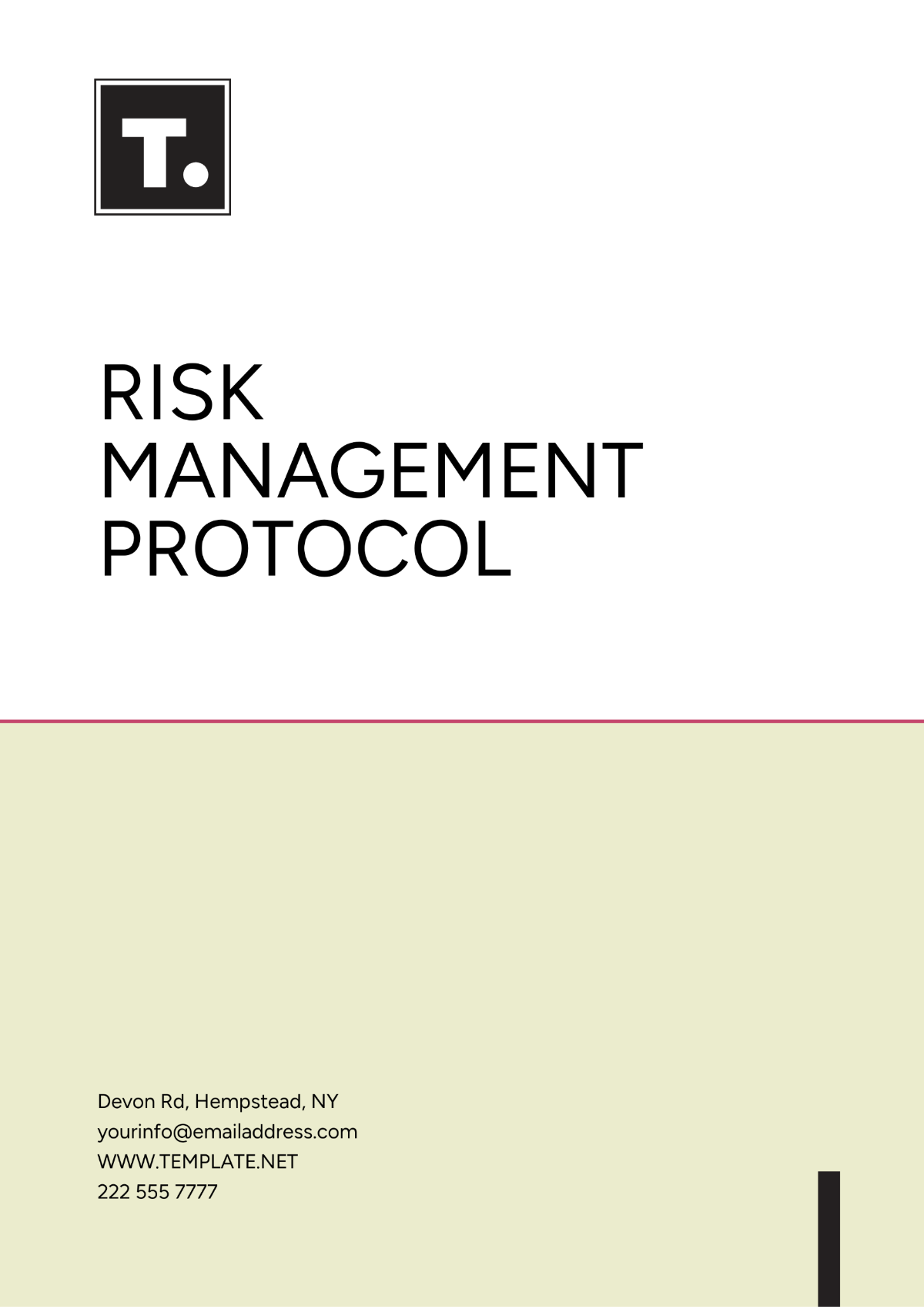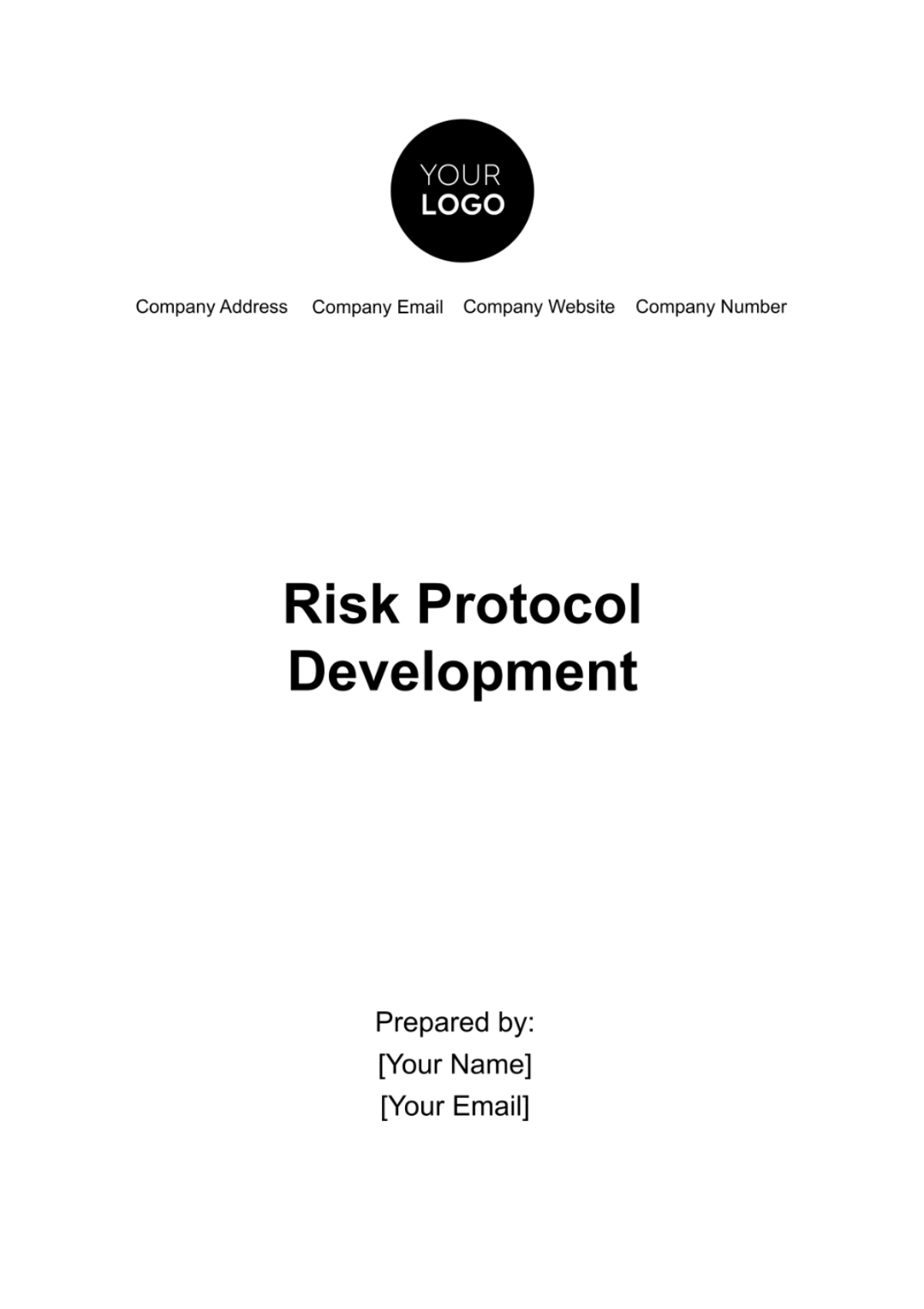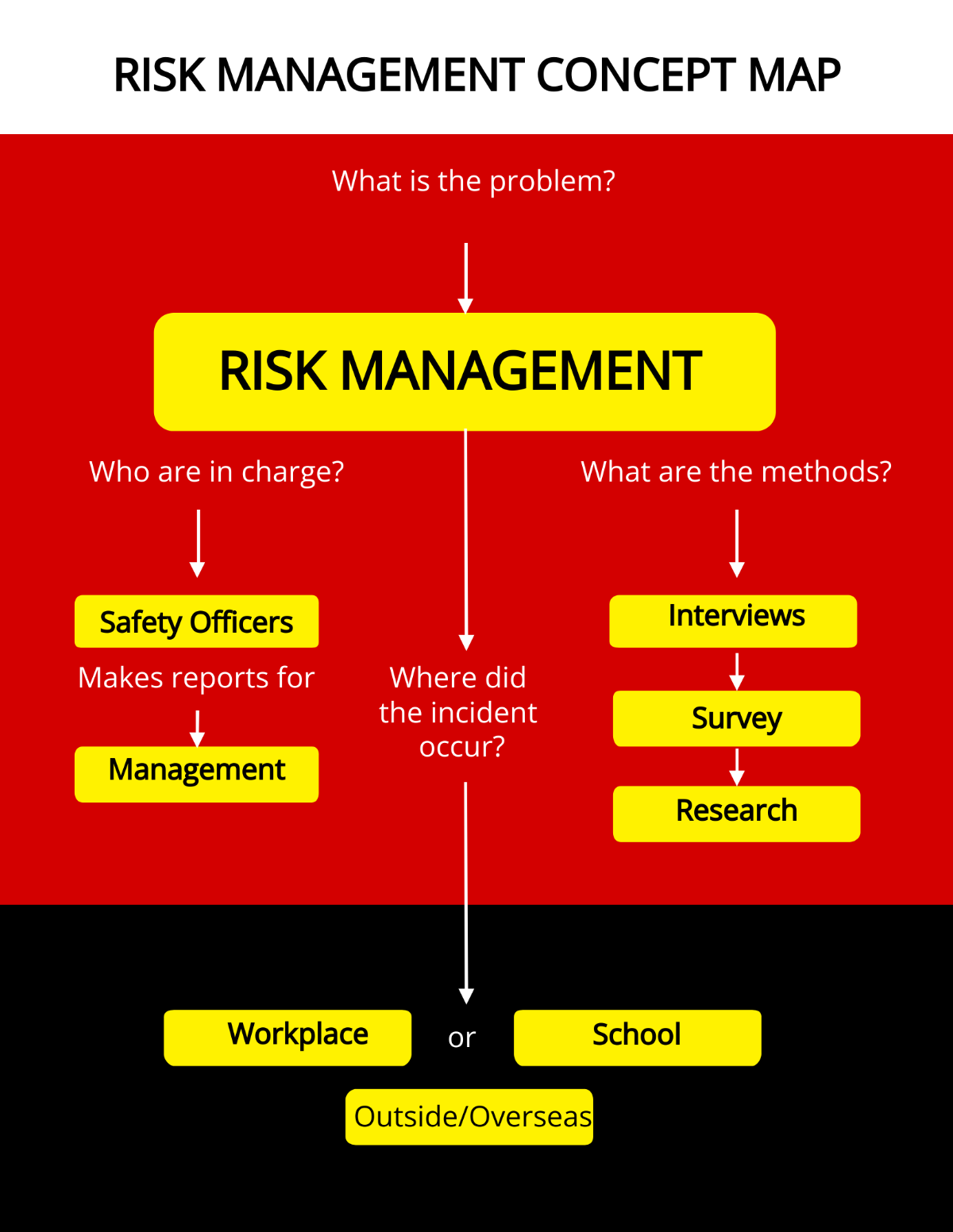Risk Management Protocol
Prepared by: [YOUR NAME]
Email: [YOUR EMAIL]
In an era where technology drives innovation and connectivity, the importance of a robust Risk Management Protocol cannot be overstated. This document serves as a comprehensive framework for identifying, assessing, and mitigating risks associated with Information Technology, ensuring the security and efficiency of IT operations within [YOUR COMPANY NAME].
I. Purpose
The purpose of this Risk Management Protocol is to establish a standardized approach to risk management in the field of Information Technology, protecting the organization’s digital assets and maintaining compliance with regulatory requirements.
II. Scope
This protocol applies to all IT projects and operations within [YOUR COMPANY NAME], covering hardware, software, data management, and network infrastructure.
III. Risk Identification
A. Risk Categories
Risk Category | Description | Potential Impact | Likelihood | Owner |
|---|---|---|---|---|
Cybersecurity Threats | Unauthorized access or data breaches | High | Likely | IT Security |
Data Loss | Loss of critical data due to system failure | High | Possible | IT Operations |
Compliance Issues | Violations of regulatory standards | Medium | Unlikely | Compliance |
Hardware Failure | Malfunction or failure of physical equipment | Medium | Possible | IT Operations |
Software Vulnerability | Exploitation of software flaws | High | Likely | Development |
IV. Risk Assessment
A. Risk Matrix
Risk Description | Impact Level | Likelihood Level | Risk Rating (I x L) | Mitigation Strategy |
|---|---|---|---|---|
Cybersecurity Threats | 5 | 4 | 20 | Implement advanced firewalls |
Data Loss | 5 | 3 | 15 | Regular backups and recovery plans |
Compliance Issues | 3 | 2 | 6 | Regular audits and training |
Hardware Failure | 3 | 3 | 9 | Preventive maintenance schedules |
Software Vulnerability | 5 | 4 | 20 | Regular updates and patching |
V. Risk Mitigation Strategies
Cybersecurity Threats: Deploy intrusion detection systems and conduct regular security audits.
Data Loss: Establish a comprehensive data backup protocol with offsite storage solutions.
Compliance Issues: Conduct ongoing compliance training for employees and regular audits.
Hardware Failure: Maintain a schedule for hardware inspections and upgrades.
Software Vulnerability: Regularly update software and conduct vulnerability assessments.
VI. Monitoring and Review
Continuous monitoring of risk factors is essential to adapt to evolving IT landscapes. Regular reviews will be conducted bi-annually, with the next review scheduled for June 15, 2050.
VII. Communication Plan
Stakeholders will receive risk updates through quarterly reports. Immediate alerts will be issued for high-risk events, ensuring transparency and prompt action.
VIII. Conclusion
The effective management of risks in Information Technology is crucial for the sustainability and growth of [YOUR COMPANY NAME]. By adhering to this Risk Management Protocol, we can safeguard our digital resources and ensure that our operations remain resilient in the face of potential threats. As technology continues to evolve, so must our strategies for managing risk.







